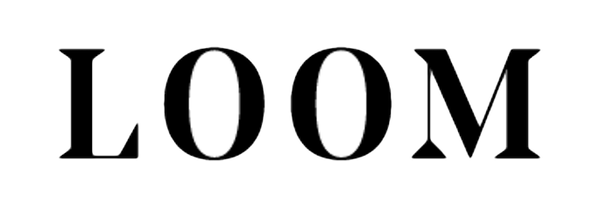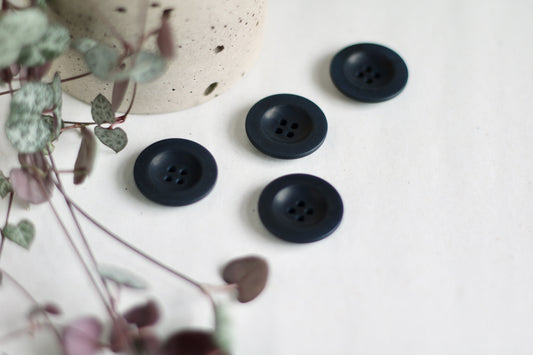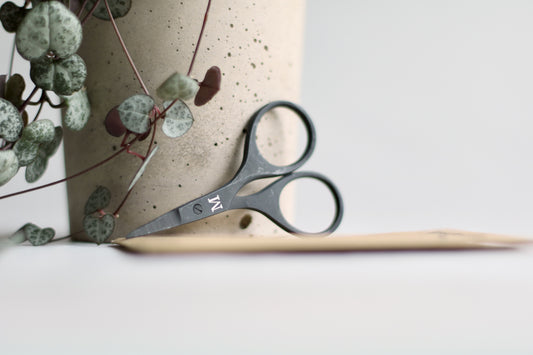 Eucalyptus is notoriously fast growing, but I was still surprised when the twig I planted in 2020 turned into a lofty tree in the space of a few years. I decided to coppice it to control the height in our small back garden and it occurred to me that I could dye yarn with the leaves. So exciting! I'd been curious about natural dyeing for a long time and this was the perfect opportunity. When I researched the process I discovered that Eucalyptus dyes don't require mordanting to fix the dye, although mordants can be useful for varying (or modifying) the colour.
Eucalyptus is notoriously fast growing, but I was still surprised when the twig I planted in 2020 turned into a lofty tree in the space of a few years. I decided to coppice it to control the height in our small back garden and it occurred to me that I could dye yarn with the leaves. So exciting! I'd been curious about natural dyeing for a long time and this was the perfect opportunity. When I researched the process I discovered that Eucalyptus dyes don't require mordanting to fix the dye, although mordants can be useful for varying (or modifying) the colour.

I dug out my copy of The Modern Natural Dyer by Kristine Vejar and learnt about the differences between dyeing protein and plant fibers, and the affects mordants can have on each one. There are lots of options; iron, copper, alum which turn the yarn various shades of yellow, brown, green and black. The natural colour of Eucalyptus leaves is a slightly dirty gold or yellow depending on the concentration. I decided to compare some natural batches with an alum mordant. It seemed to be the safest option for a beginner with less chance of degrading the fibres if used incorrectly.

For my first un-mordanted skeins I made a dye bath with 100g of dry leaves per pot. I brought it to a simmer for a few hours, left it to cool then and simmered again the next day. At this point it was a lovely dark yellow and smelt amazing! I strained the leaves and added a pre-soaked 100g skein of Twist Sock. For all these baths I used an equal weight of fibre and dye stuff. - Twist Sock (SW): 80% Merino, 20% Nylon.

The result was a lovely dark dirty golden yellow (above left). As the bath hadn’t fully exhausted I added another skein of Twist Sock to get the sandy beige (above right).

For the alum mordanted batches, I followed this tutorial from Myra Made Colour. Again using Twist Sock as a ‘control’ skein to compare, and some non-superwash merino and plant blends, for science. I prepared all the dye baths in the same way as above.

Rather than completely changing the colour of the dye, alum has the effect of brightening and intensifying the colour. This is the un-mordanted skein of Twist Sock (above left) and mordanted Twist Sock (above right). It's subtle but has noticeably brightened the gold colour. Magic!

I used the remaining three mordanted skeins as an exhaust for the other baths and they have a slightly more buttery yellow appearance than the sandy skein above. One interesting note for me was how evenly the skeins took the dye, they're so wonderfully uniform (LTR):





